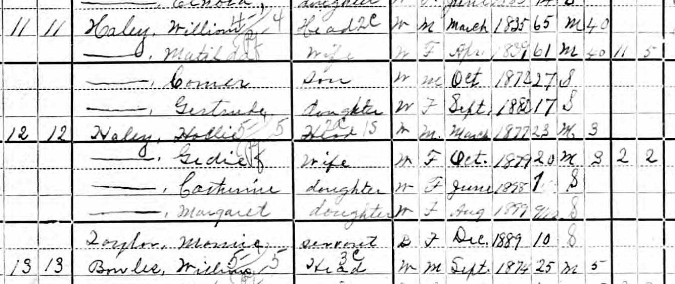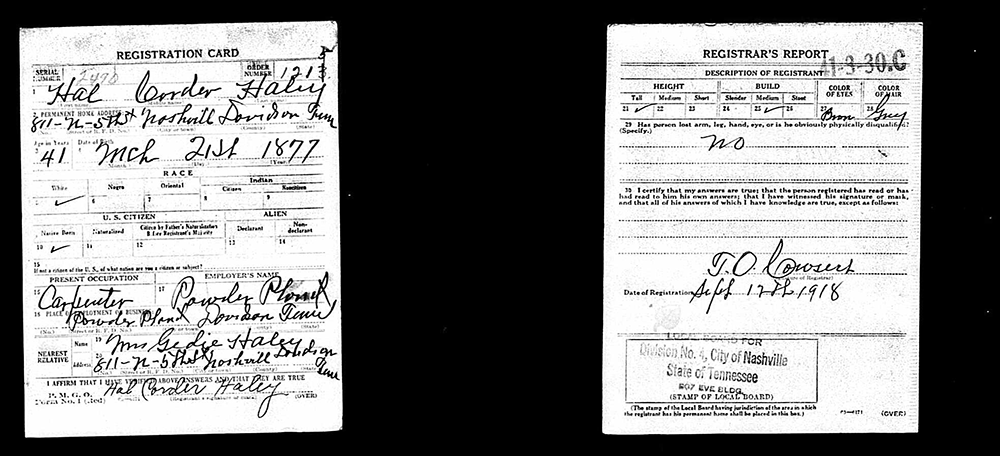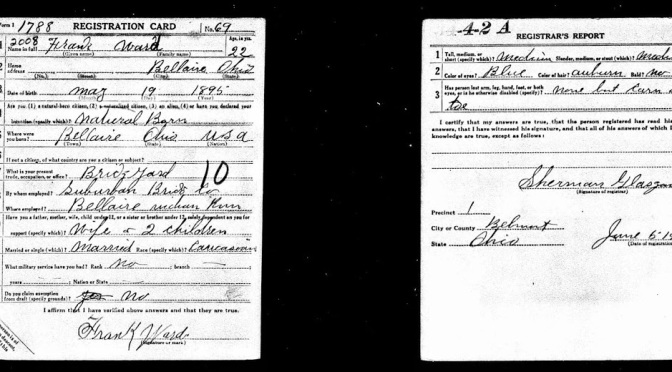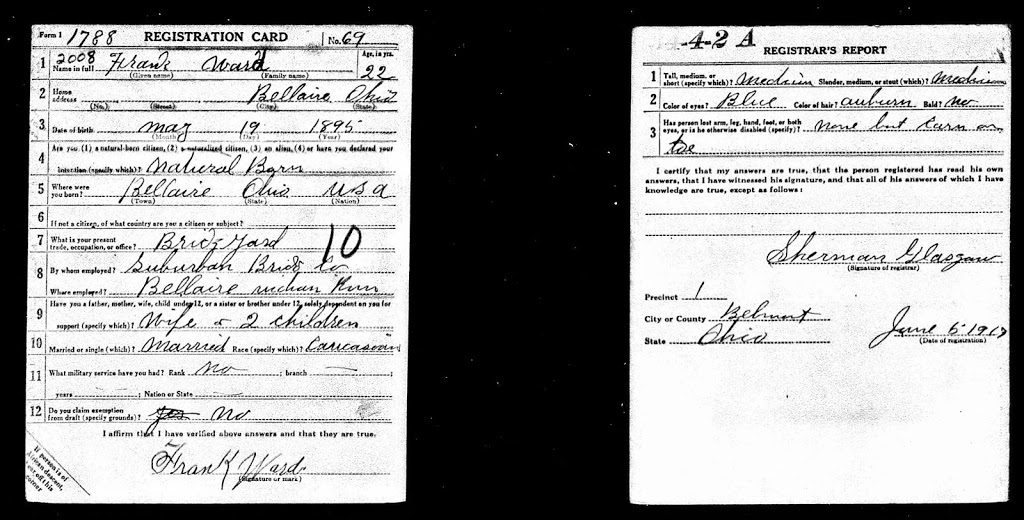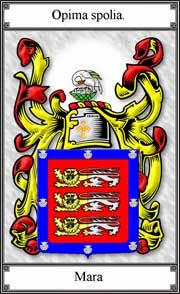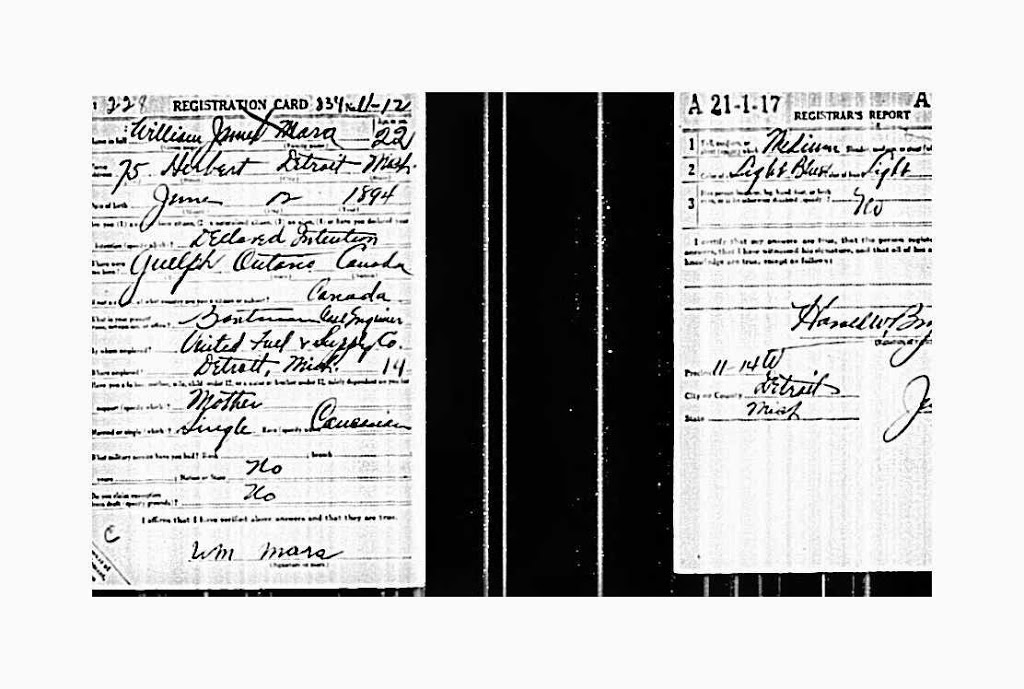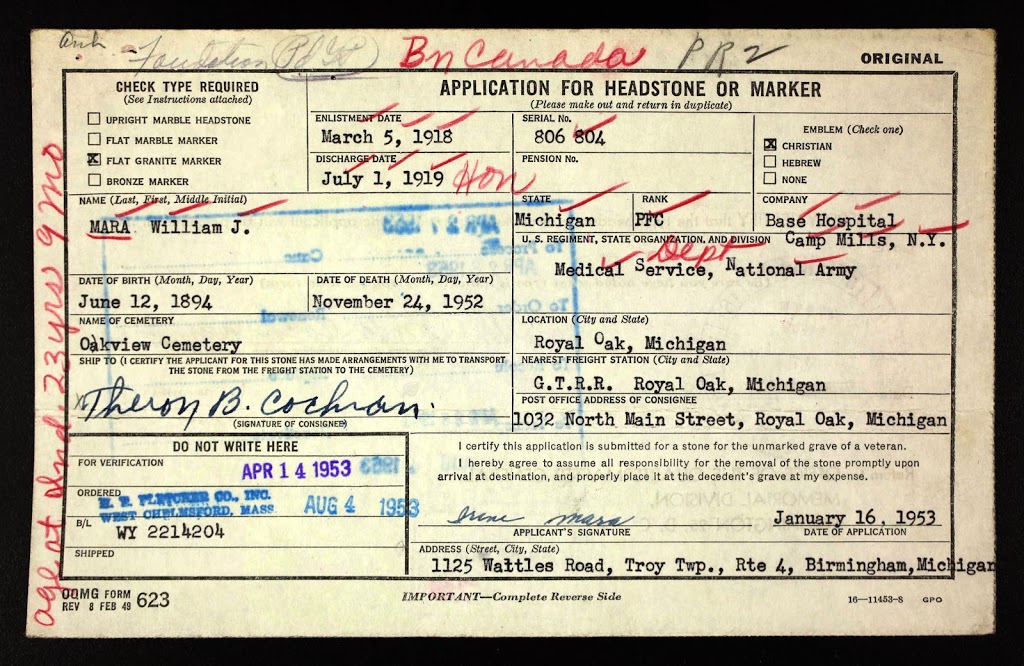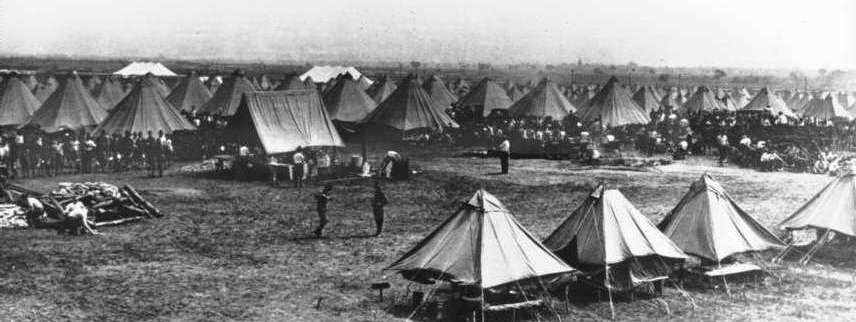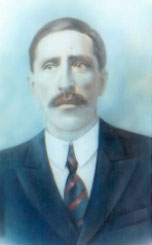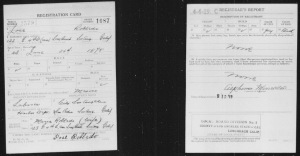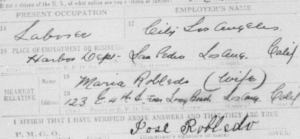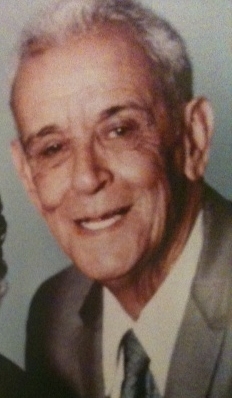
My 17th entry in Amy Johnson Crow’s “52 Ancestors in 52 Weeks” family history blogging challenge for 2015.
The challenge: have one blog post each week devoted to a specific ancestor. It could be a story, a biography, a photograph, an outline of a research problem — anything that focuses on one ancestor.
Amy’s 2015 version of this challenge focuses on a different theme each week.
The theme for week 17 is – Prosper. Which ancestor has a rags-to-riches story? Which ancestor prospered despite the odds?
My 17th ancestor is my 2nd great-uncle, Juvenal Joseph Nieto (1898-1978).
Uncle Juvenal came to the U.S., I imagine, like so many other young immigrants, with the hope of prospering — of building a new life, of making a better life for his parents and siblings, of starting a family of his own. My branch of the family says that our Compean / Sanches / Nieto / Robledo family lost everything in the Mexican Revolution. Juvenal came looking for work, for a new start.
About Juvenal
I never knew Juvenal, nor do I recall ever hearing his name growing up. But his sister Maria Hermalinda Nieto (my great-grandmother Nana) died when I was just a toddler, and Juvenal died when I was just 8 years old. I didn’t even know OF a Juvenal until I found him living with our extended family in Long Beach, Los Angeles County, California on the 1920 U.S. Census. So his name became one I regularly searched, in hopes of finding records pertaining to my Nieto family line.
Juvenal Joseph Nieto was born in 1898 Mexico. I do not yet know the actual date, as I have not found his Mexico baptism or civil registration record of birth. Juvenal’s WWI draft registration claims he was born 15 February 1898, but his death certificate claims 27 March 1898. Both simply indicate Mexico as his place of birth, although it is very likely that he was born — like so many of his family members for generations — in or near the municipality of Armadillo de los Infante, in the state of San Luis Potosi, Mexico.
Montana
I first found Juvenal’s World War I draft registration card in 2003, when it repeatedly came up in searches I conducted on Ancestry. But I initially ignored that hit, because it listed a Montana residence for my 2nd great uncle Juvenal. Montana couldn’t be right. Juvenal came from Mexico. And once he immigrated to the U.S., he settled and lived in Los Angeles County, California with other members of his family. Or so I thought.
When that pesky search hit wouldn’t go away, I finally took a look at the actual digitized record (I NEVER automatically dismiss record hits anymore!), because Juvenal just isn’t a very common name — even among Mexican males.
What I found in the digitized record surprised and delighted me.
It WAS my same Juvenal. And he indeed lived in Montana when he registered for the draft on 12 September 1918. On the draft card, Juvenal identified his mother Mrs. Aurelia Compian [Compean] of San Luis [Potosi], Mexico as his nearest living relative. Aurelia is my 2nd great-grandmother, and our family did originate in San Luis Potosi. No chance of being wrong here. Definitely my Juvenal!
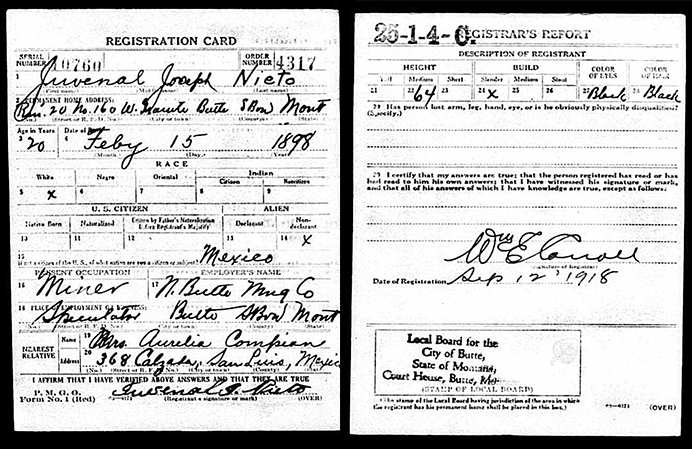
RESEARCH TIP: Mexican Surnames
It is interesting to note that Juvenal identified his mother’s name as Aurelia Compian [Compean] — not Nieto, which was her husband’s surname. Compean was Aurelia’s paternal surname (apellido paterno). Traditional Mexico naming conventions assign dual surnames to a child: their father’s paternal surname, followed by their mother’s paternal surname. Thus, according to tradition, Juvenal’s name was Juvenal Joseph Nieto Compean. Traditionally, women don’t ever go by their husband’s name in Mexico — they retain their original dual surnames even after marriage. So Juvenal identifying his mother’s surname as Compean instead of Nieto was traditionally accurate.
According to the World War I draft card, Juvenal worked as a miner for the North Butte Mining Company in Butte, Silver Bow County, Montana. He is described as 20 years old, white, a non-declarant alien, of medium height and slender build, with black eyes and hair. While the draft card doesn’t state it, Juvenal was still single at this time. Juvenal lists Butte as his residence, and Speculator as his place of employment.
Speculator? We’ll come back to that.
Leaving Home
Juvenal’s son-in-law and I chatted on Facebook a couple days ago about the post I just wrote on Juvenal’s father, in which I also mention Juvenal. The conversation focused on the draft card and the Montana mines. Juvenal’s son-in-law said that Juvenal left home at a young age to work in the mines. I am not sure if that was directly for the Montana mines, or if he first worked the mines in Mexico.
The 1920 U.S. Census indicates that Juvenal immigrated to the U.S. in 1915, but I have not been able to find a border record for his initial entry into the U.S. — only for a much later year, when traveling between the two countries.
Juvenal’s older sister Maria (my great-grandmother) had immigrated in 1915 with her husband and two oldest children. I have a border entry record for Maria and her infant son Refugio (although not yet for Maria’s husband Jose and daughter Guadalupe). According to the draft registration card for Maria’s own husband (my great-grandfather), Maria and Joe were already living in Long Beach, California by 12 June 1918.
Butte Mining & Immigrants
The discovery of copper ore in the 1800s — necessary to electrify America — transformed Butte, Montana from a frontier mining town to “‘the Richest Hill on Earth,’ the most lucrative copper mining region in the world.” [1] By 1917, mining operations were booming due to the increased wartime demand for copper. Immigrants made up a considerable portion of the mining labor population.
For the better part of four decades now, Irish, Cornish, Welsh, Serb, Italian, Finnish, Croatian, and Mexican workers had been pouring in to work “the richest hill in the world,” and in the process they turned Butte into a kind of Rocky Mountain Pittsburgh. (Laskin, loc. 1481)[2]
“In early 1917, Butte was a unionized industrial city with a population of 91,000 people. Home to one of the largest mining operations in the world, the abundance of employment opportunities drew workers from every corner of the globe. “No Smoking” signs posted in the mines were printed in 16 different languages. More than 30 languages were spoken among the city streets.” [3]
This is where my Mexico-born 2nd great-uncle Juvenal came to work, at least by June of 1918, when he registered for the draft.
WWI Draft Registration
On 06 April 1917, the United States declared war on Germany, joining the allies of Britain, France, and Russia. Because our armed forces were so depleted, Congress instituted a draft for the first time since the Civil War.
“During World War I there were three registrations. The first, on June 5, 1917, was for all men between the ages of 21 and 31. The second, on June 5, 1918, registered those who attained age 21 after June 5, 1917. (A supplemental registration was held on August 24, 1918, for those becoming 21 years old after June 5, 1918. This was included in the second registration.) The third registration was held on September 12, 1918, for men age 18 through 45.”[4]
Juvenal participated in the third draft registration in 1918.
The first draft registration, on 05 June 1917, was known as National Registration Day.
The Speculator Mine
Now back to Juvenal’s place of employment — Speculator.
Speculator was the name of a copper mine, which has become quite infamous in mining history. Due to the disaster of 1917.
The Disaster of 1917
On the night of 8 June 1917, fire broke out 2,300 feet down in the Granite Mountain shaft of the mine, caused when an employee’s carbide lamp mistakenly ignited a frayed electrical cable. Fire, smoke, and poisonous gas spread quickly. By the time rescue operations ceased on June 16th, 168 men had lost their lives, dubbing the event the worst disaster in Montana history and one of the worst metal mining disasters in the world.
The mine closed for good in 1923.
Anti-War & Labor Hotbed
Butte, like many other mining towns that relied heavily upon large numbers of new immigrant laborers, became a hotbed for antiwar protests leading up to and during the First World War. Allegiances were questioned, primarily among European immigrants who hailed from homelands on the enemy side of the war. Some European immigrant families were torn between wanting to support and fight for their new country, yet knowing that would mean defeat or even death for family members back in the old country — brother versus brother.
At the same time, unions were protesting the dangerous deplorable conditions forced upon mining laborers. And in the face of war, many such labor sentiments were branded as un-American, even treasonous.
The Speculator mine disaster of 1917 happened just three days after National Registration Day, the first of the three WWI drafts.
A seven-month long strike ensued. Federal troops were sent in to restore order.
Was Juvenal There?
Was my 2nd great-uncle Juvenal Nieto present at the time of the Speculator mine disaster, the ensuing strike, and the crackdown against the labor movement? Was he a target of anti-immigrant sentiments, even though he came from Mexico rather than the countries with whom we were at war? Did he have to make his way through federal troops, and striking miners, just to earn a living? Did he join the striking miners?
These questions are impossible to answer at this point in my research.
Juvenal didn’t register for the draft until 12 June 1918, and that draft registration card is the first and only record I find so far placing Juvenal in Butte, Montana. This doesn’t necessarily mean that Juvenal did NOT work and live in Butte at the time of the 1917 mining disaster. He could have been there.
Probably the only chance I have at verifying if Juvenal was working for the mine at the time of the disaster, is to search for some mention of him in the mining company records, which are held by the Montana Historical Society. Perhaps the name of a 19 year old Mexican laborer might appear in some sort of roster, financial, or business record?
Even if Juvenal had not yet been there for the 1917 disaster, he would have heard about it upon arrival and must have thought about it every single time he went down into the Speculator mine to work. Wondering each day if he would make it back out above ground after his shift.
Sources
Sources Cited
- IndependentITVS. http://itvs.org/films/butte-america.
- Laskin, David. 2010. The Long Way Home: An American Journey from Ellis Island to the Great War. Kindle edition. HarperCollins e-books.
- The Granite Mountain Speculator Mine Memorial. 2010. “History: Intro.” The Granite Mountain Speculator Mine Memorial. http://minememorial.org/history/intro.htm.
- The U.S. National Archives and Records Administration. n.d. “World War I Selective Service System Draft Registration Cards, M1509.” National Archives. http://www.archives.gov/research/military/ww1/draft-registration/.
Sources Consulted
- Gutfeld, Arnon. 1969. “The Speculator Disaster in 1917: Labor Resurgence at Butte, Montana.” Arizona and the West 11 (1): 27–38.
- Independent Lens | BUTTE AMERICA | Film Clip #2 | PBS. 2009. Independent Lens. https://youtu.be/r_4ofHTXYnA.
[contentblock id=46 img=html.png]
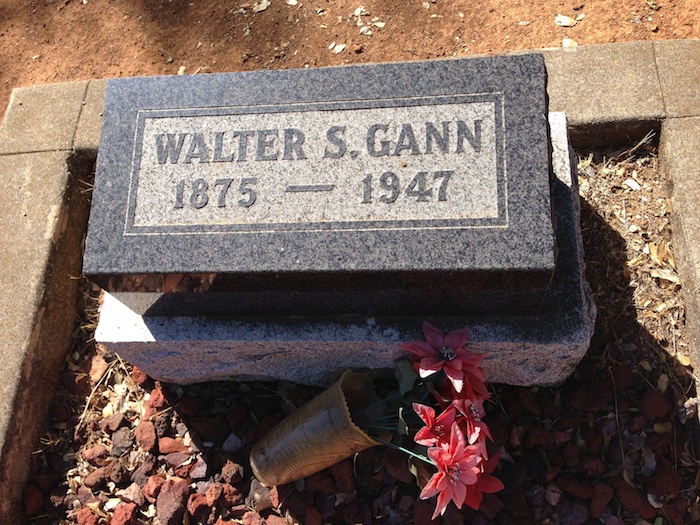
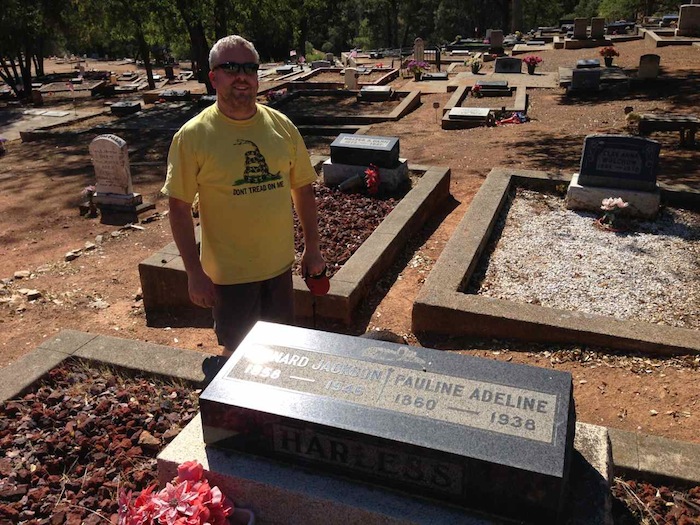
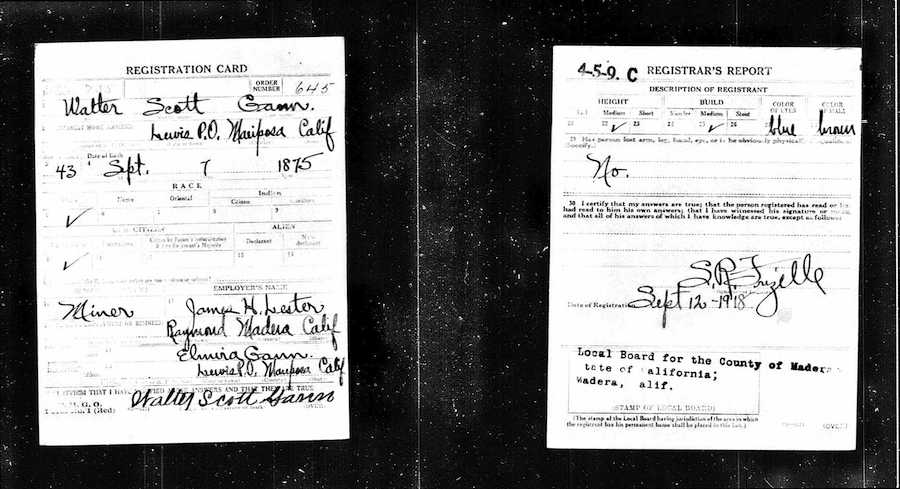
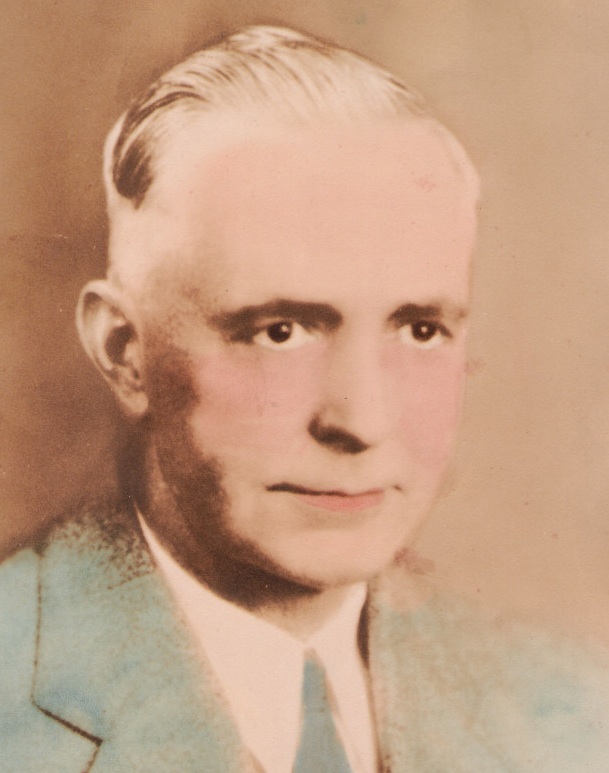
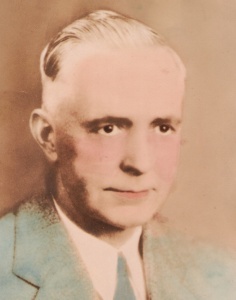 My 40th entry in Amy Johnson Crow’s “
My 40th entry in Amy Johnson Crow’s “